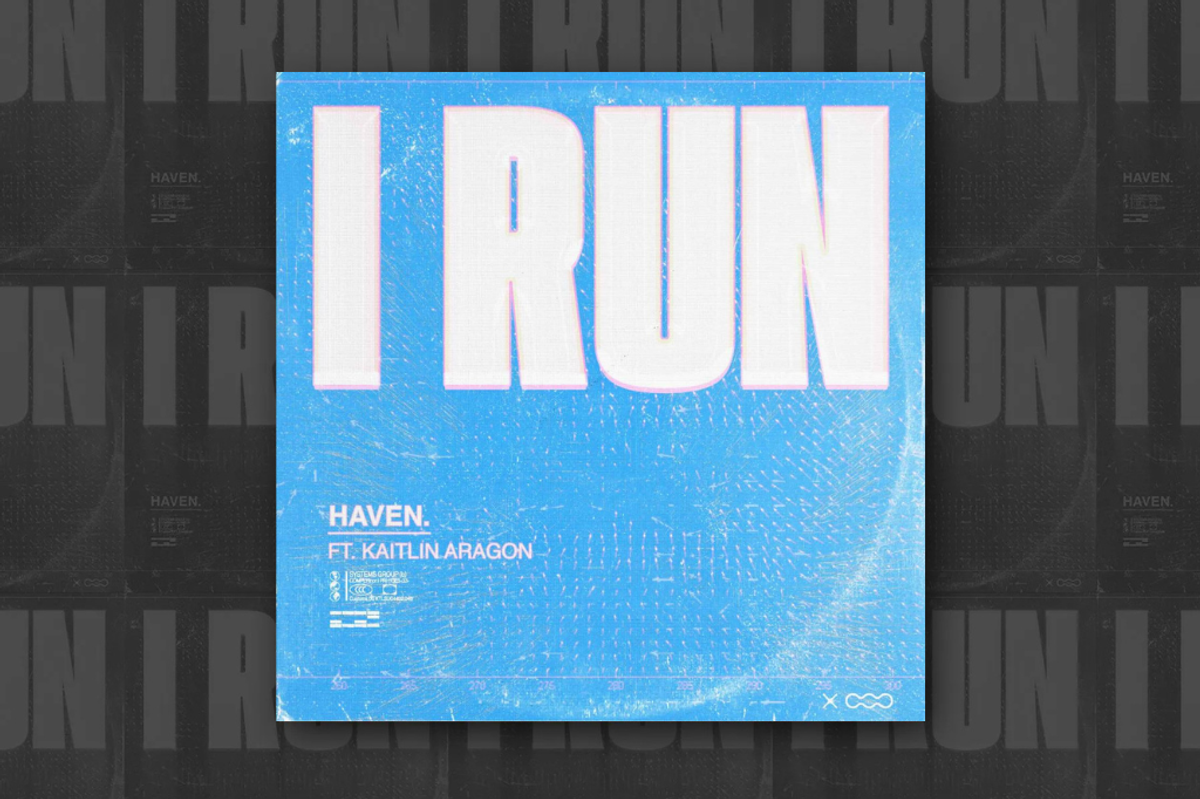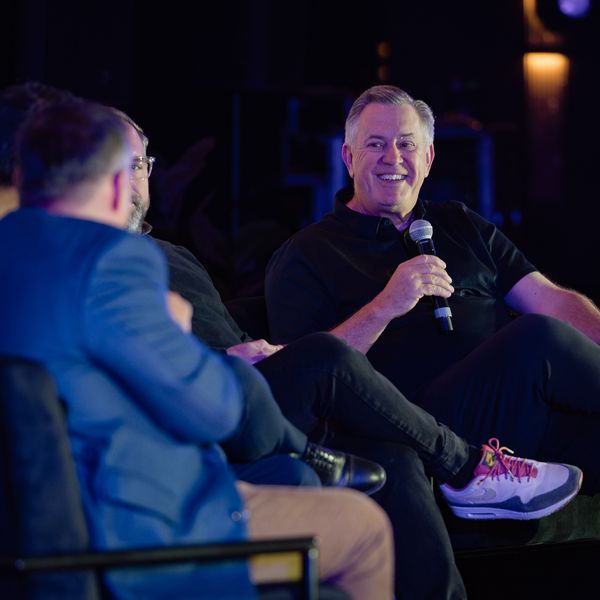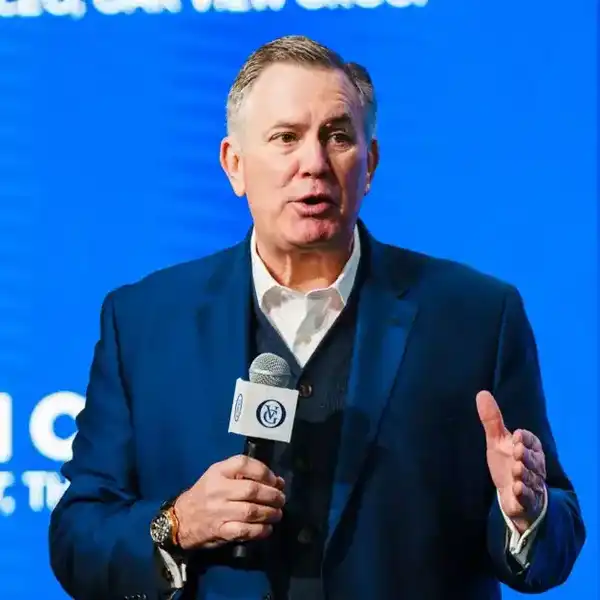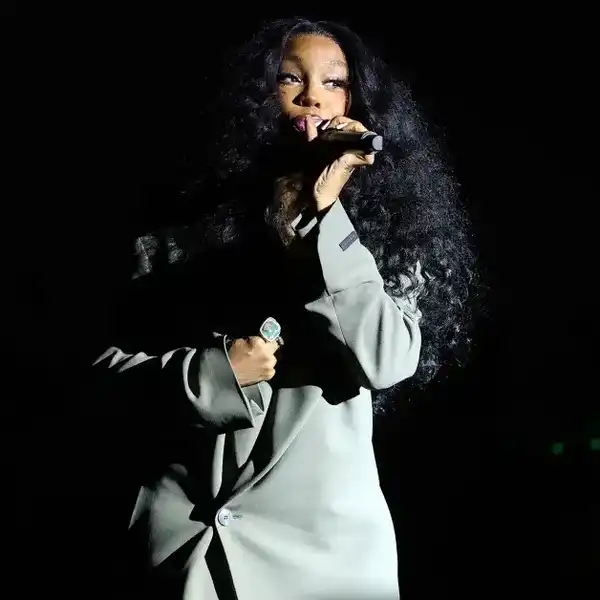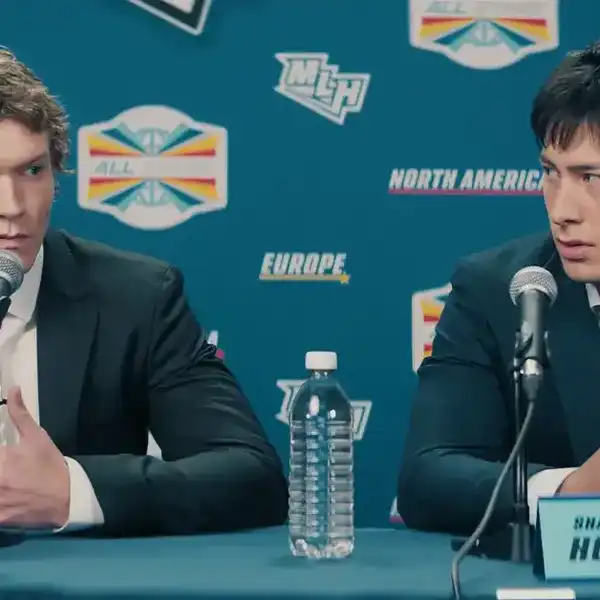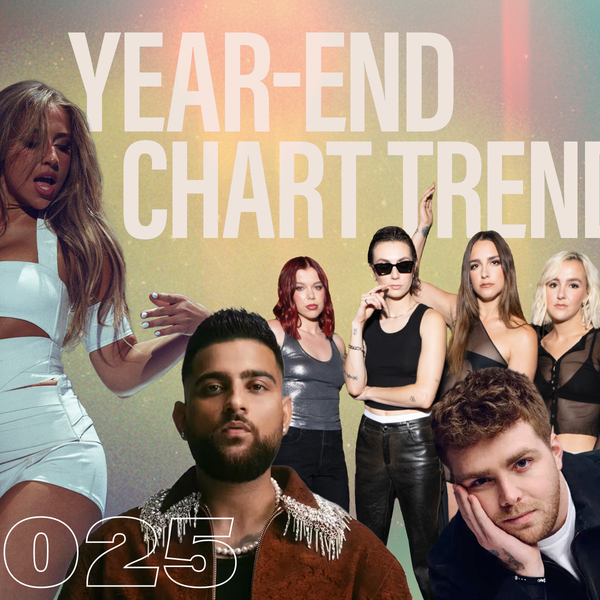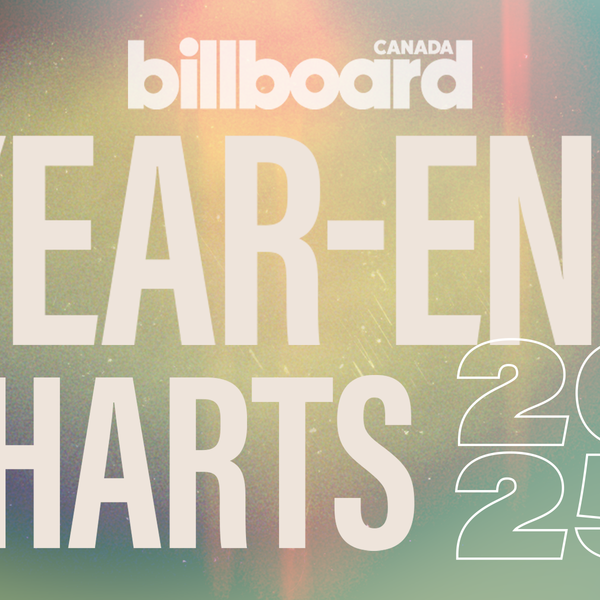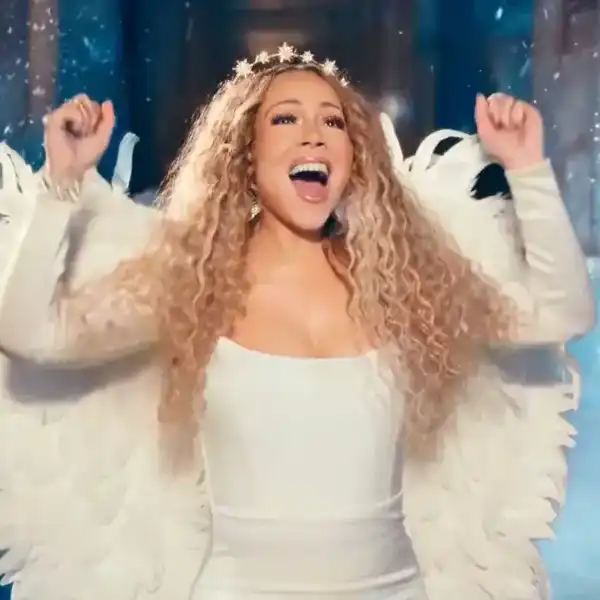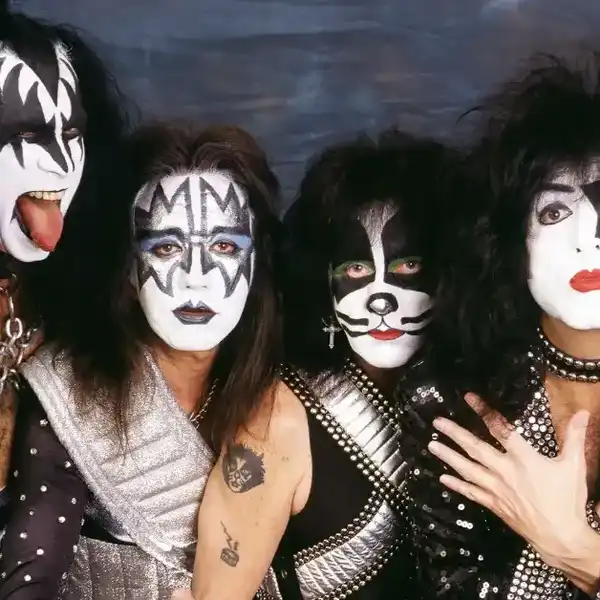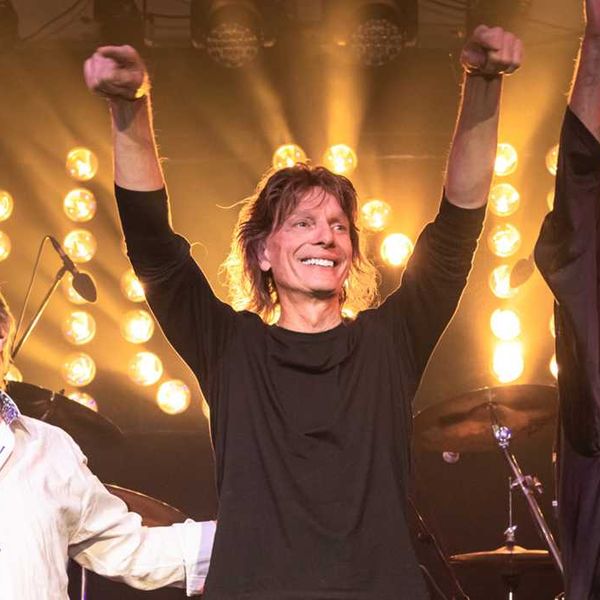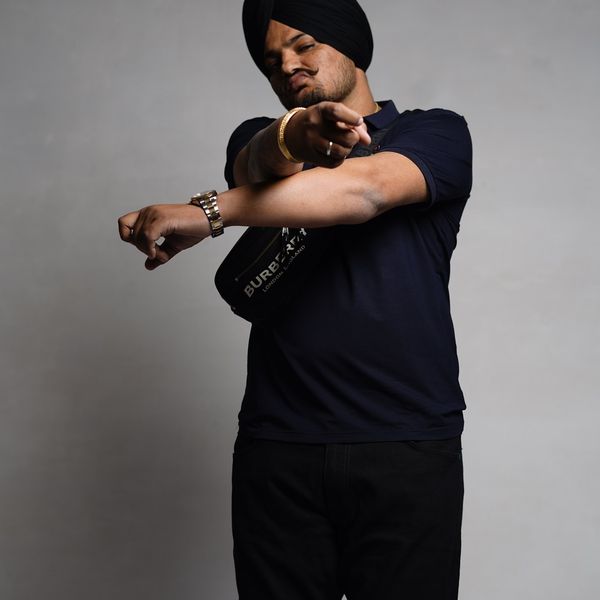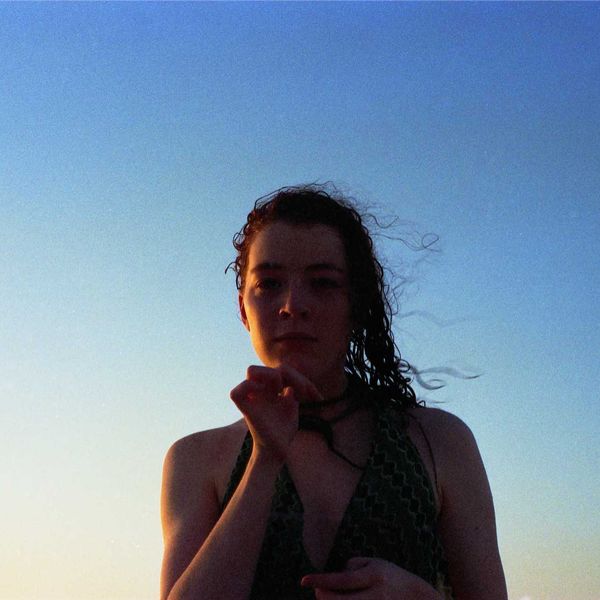Five Questions With… Barney Bentall
The veteran roots-rocker is riding high with his latest album, The Drifter & The Preacher. Here he discusses the record, a love of Lightfoot, a beloved guitar. and a life-changing hit song.

By Jason Schneider
Since releasing his latest album, The Drifter & The Preacher, in 2017 on True North Records, Juno Award winner Barney Bentall has been working hard to make up for his previous five-year hiatus from the Canadian music scene. His tenth studio effort is indeed a paradox of a nomadic homebody and a musical tour de force that captures his life at this moment.
Notably, it features “The Miner,” Bentall’s first-ever collaboration with his son Dustin—also an acclaimed singer/songwriter—as well as “Won’t Change The World,” a duet with longtime friend Jim Cuddy. Another highlight is “The Ocean And You (A Song For John Mann),” written in tribute to the Spirit Of The West co-founder, whose battle with Alzheimer’s is well documented.
Overall, The Drifter & The Preacher reflects a period of deep introspection for Bentall over the last couple of years that has resulted in his storytelling abilities becoming even more evocative. It was back in 1988 that Bentall and his band The Legendary Hearts first made a mark with their self-titled debut album earning wide acclaim and spawning the hit single “Something To Live For.”
More recently, he has branched out into the world of bluegrass as a member of The High Bar Gang, while also recording with Shari Ulrich and Tom Taylor under the name BTU. The Legendary Hearts will celebrate their 30th anniversary with shows in March in Calgary, Edmonton and Vancouver, but we caught up with Bentall just before his appearances at the final annual “The Way We Feel” Gordon Lightfoot tribute shows at Hugh’s Room Live in Toronto, taking place January 10-13.
For more info go to barneybentall.com.
What makes The Drifter & The Preacher stand apart from your previous work?
I felt like I got a lot closer to getting my voice where I wanted it to be. We also had a lot of people playing on it who managed to beautifully leave a lot of space in the music. The engineer John Raham was a wonderful collaborator on this one, and it was very cool to make the record at the old Mushroom Studios in Vancouver where we recorded our first record in ’88.
You'll be performing next in Toronto at the annual Gordon Lightfoot tribute. How would you describe the impact his music has made on you?
Gord was one of the pillars. For me, it was the Stones, The Beatles, Dylan, and The Band, and Gordon Lightfoot was right there in the mix. I learned to fingerpick from trying to cop those songs, and I also learned from him to keep Canada in the music. Later, that also moved to Bruce Cockburn, Valdy and Murray McLauchlan, all of whom I call friends now. Never saw that coming when I was in high school!
What are your fondest musical memories as you were growing up, and what do you recall about the first time you performed in public?
It was always about getting a new 45 or LP. The first single I ever got was [The Beatles’] “Lady Madonna” and the first album was The Band’s second record. You’d put them on the stereo when no one was home and let yourself fall into another world. Later, when you were in bands trying to learn the songs, you could hear what the different instruments were doing. But before that, it was just this one complete, magical sound—a sexual and political awakening.
The first time I played in public, I was very nervous. It was an open mic at the University of Calgary. I was playing my new Martin D-18 that I had saved up for a long time to purchase. My son Dustin uses it now, and it has the many scars to show for its 40-year run.
What song in your catalogue means the most to you and why?
“Something To Live For.” I’d probably have lived a very different life without it. We had four kids at the time, and I felt I might have to quit for the sake of the family. There but for the grace….
If you could fix anything about the music industry, what would it be?
I agree with Danny Michel’s campaign of late. The industry has creatively regained control of creator income streams. The music is everywhere, but the return is pretty minuscule. It puts a great pressure on artists to tour to make a living. That makes the situation for authors even more problematic as their yearly incomes are way down with limited touring potential.

